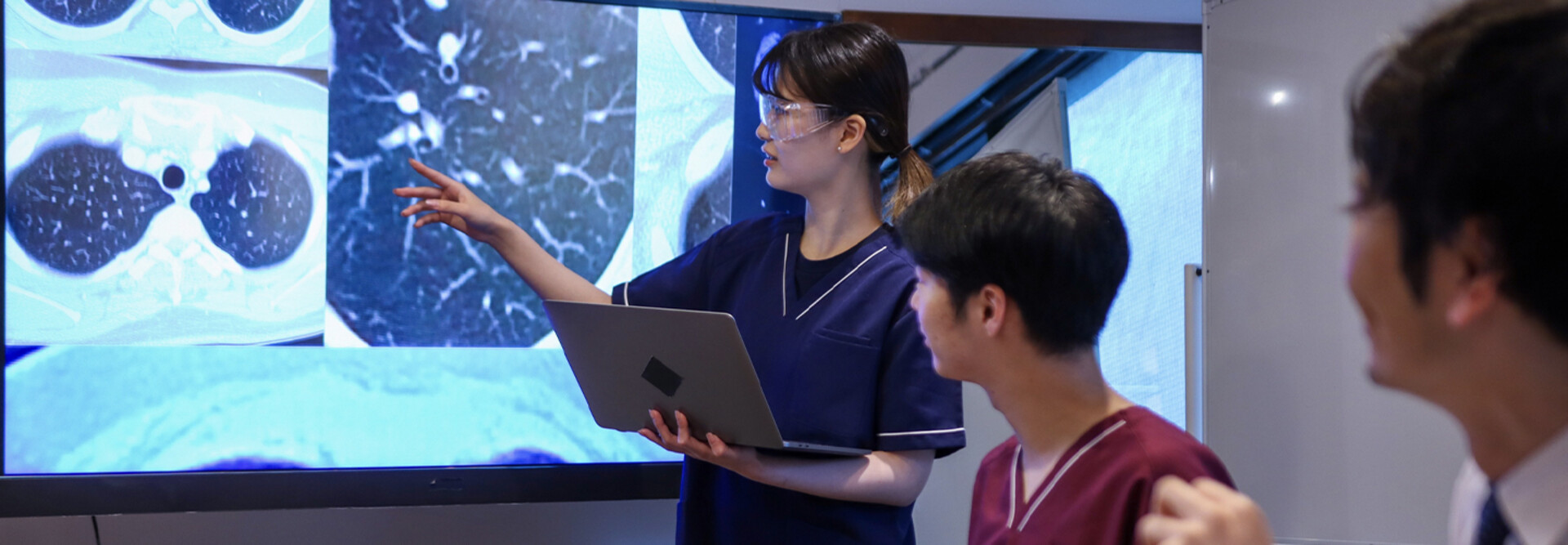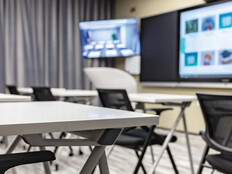“Don’t worry about it,” I said. “Let us handle this. If you’re going to learn something new, learn how to save my life.”
The conversation stuck with me because it brought home just how much of a burden falls on faculty members when AV or tech solutions are less than seamless and how much guilt they may feel over a lecture that stalls. It seems unfair to expect these experts, on top of their professional accomplishments and other responsibilities, to troubleshoot tech on the fly. Our faculty members may be teaching literal brain surgery on campus and performing it elsewhere; the ed tech they deal with in classrooms should be the opposite of brain surgery.
That’s why, when I select tech solutions for our med school, I ask two questions: First, does the solution meet and exceed faculty needs? Second, is it intuitive and user friendly? If the answer to both is yes, only then do I consider how the solution might fit into the budget. Practicality and usability are critical to any successful deployment. If you install tech that isn’t used, you’re wasting both time and money.
READ MORE: Integrated audio solutions can address challenges in higher education.
No matter which department an AV team serves, it’s important to keep in mind that faculty members are often in high demand simply because they are authorities — sometimes the top authorities — in a field. They deserve the best tech experience that we can give them, and in my opinion, that does not necessarily mean the most expensive, most popular or even the most powerful option. Rather, in higher ed, the ideal solutions are those that perfectly balance versatility and ease of use.
Three Considerations for Selecting Classroom AV Technology
If you find tech solutions that fulfill faculty needs without complicating the exchange of knowledge, you can enhance both the teaching and learning experience in a hundred ways. Here are a few recommendations on how to find tech that sits in this sweet spot.
Be inclusive: Don’t make decisions in a vacuum. Be sure to gather feedback and observe classes yourself if you can, so that you gain a sense of the unique needs of your students and faculty. With that understanding as the foundation of your strategy, you can be confident you’re looking at solutions that faculty and students actually want. I cannot stress this enough.
UP NEXT: The latest in digital displays enhance the student experience.
For example, if a certain course would benefit from projected lecture content, you might want to consider installing a projector rather than relying solely on the pan-tilt-zoom camera used for lecture capture. But if users don’t want that kind of tech, leave it out. I’ve turned down solutions offered to me at no cost to Emory because they would have disrupted the flow of teaching and learning. “Free” tech solutions that don’t fit user needs end up costing you because they become a hassle to deal with.
Be diligent: Colleges and universities today are amid sweeping change. We’re all rushing (or, at least, preparing) to adapt a variety of learning spaces on campus to enable hybrid and HyFlex instruction and learning. This process often features long timelines and significant obstacles, especially at institutions with old buildings that were not built to support these new modalities. The temptation may be strong to rush in and outfit rooms with the tech of the moment, but I would counsel others in my position to wait.
Be intentional: Rather than making a decision immediately when you find something that will probably work — which is usually a reflex to expedite timelines — be sure to adequately assess a number of potential solutions and look for ways to achieve great results that are also scalable. Even after I find a solution that looks promising, I continue testing different options to make sure I’m not overlooking anything. Also, keep in mind that there’s rarely going to be a one-size-fits-all solution, so make sure you have options that fit every use case.
For instance, I deploy Logitech Rally Bar videoconferencing systems in some of our classrooms, as well as solutions from Jabra, AVer and other brands in different spaces, each with its own unique set of advantages. At the same time, I’m always on the lookout for ways to standardize on a single solution that will work universally and at scale without sacrificing ease of use. It may never happen, but the only way to know is to remain intentional in our tech evaluations.
Higher education faculty members have plenty to worry about already; first and foremost, teaching and practicing their professions. We shouldn’t ask them to allocate mental energy to classroom technologies. By bringing in simple, elegant solutions for our academic experts, AV teams can play a pivotal role in the transfer of knowledge to tomorrow’s students and the success of tomorrow’s institutions.











